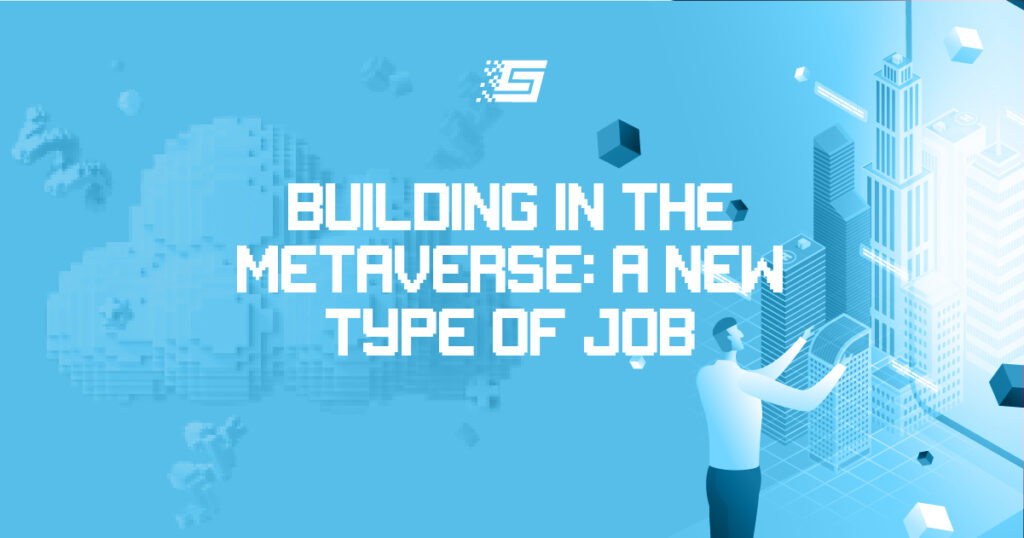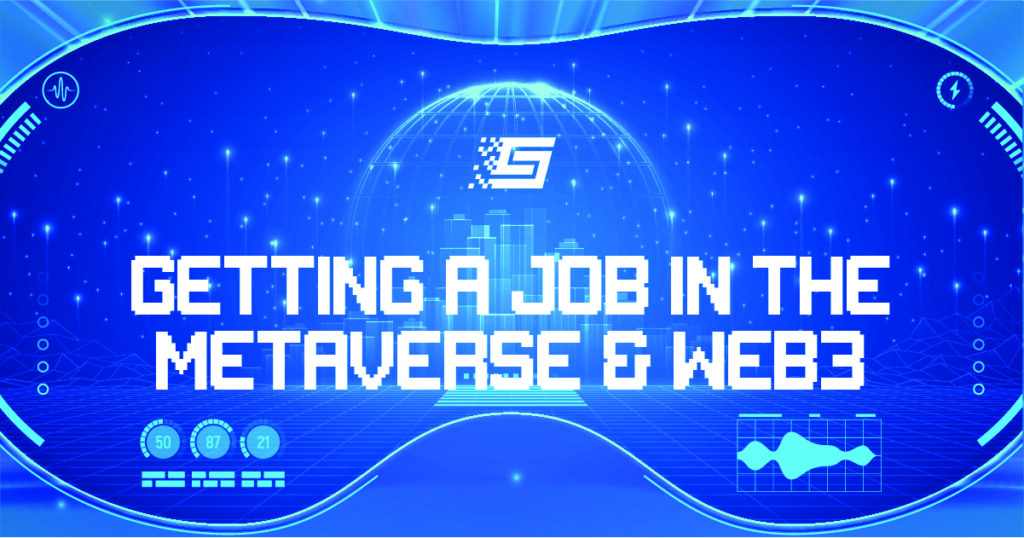The Digital Metaverse and Its Little Known Facts
A digital universe, melding virtual and augmented realities for an immersive experience. The metaverse portrays something of a computer-generated utopia, where users become part of the digital world and interact with each other.
In October, Facebook became Meta, as they began their quest to colonize the virtual universe.
Although Zuckerburg’s metaverse won’t use web 3.0 technology in its model, the rebrand brought a lot of attention to this realm of new technology, another world apart from just keyboards and screens.
But exactly what we can achieve in this new area is still a little vague. Let’s explore what we know about the topic to understand the facts better.
What is the Metaverse?
A virtual universe made possible by AR and VR technology. It offers a 3D experience in which people can interact with one another remotely but would feel as if they were actually there, fusing the real and virtual worlds.
The metaverse will act as an ’embodied internet’. Users could attend a meeting, work, shop, or go to a music concert, for example.
Some of the technology is still underdeveloped, and thus it is not yet a fully formed concept, a point which we shall address later on in this article.
It currently only exists in the form of apps and games across multiple platforms. Users can jump in and socialize and play using avatars.
Anyone can join. With internet access, a VR headset, and the relevant apps, you can instantly transport yourself to this other realm.
Gaming is set to become a big theme of this space in the future. The interoperability of web3 technology should be key to this segment’s growth in the future.
As these games develop, some will utilize the blockchain’s capabilities of seamless exchange of information across different systems, meaning gamers can retain in-game assets for use across multiple gaming platforms.
The space is also a playground for investors and developers alike, with creating, building, and monetizing opportunities.
Technological Challenges
Digital Infrastructure
We have yet to begin to scratch the surface of this digital world of endless possibilities. People are just beginning to comprehend not only its massive potential but also the challenges it presents.
These technical hurdles include developing an online infrastructure capable of satisfying millions, if not billions of people using the metaverse simultaneously.
Also, a reliable internet connection that cannot be interrupted is vital to the metaverse. Imagine you were about to win a large sum of money on a game and then lost your connection!
Augmented Reality
Augmented reality (AR) is being developed to enhance users’ experience of the metaverse. The overlay of visual, auditory, and other sensory information adds an extra dimension to your surroundings.
Images, sounds, texts, and also GPS data enrich whatever space you are in. These elements are presented spatially and affect depth perception.
Its benefits within the metaverse could extend to the healthcare sector through apps allowing professionals to see extremely detailed 3D images of different body systems, for instance.
This is something that could certainly be used as a powerful tool in medical training and is just one example of many of its wider range of uses in the professional world.
Augmented learning makes the need for classrooms obsolete. Around the world, it is helping to bring a type of interaction in the education sector that wasn’t possible before.
Eon Reality, the educational platform, offers a combined virtual and augmented reality for a full 3D view of a range of subjects and a huge library of different learning material.
Wearable devices will be a breakthrough for augmented reality and have it cited as a key use case in the metaverse, providing the complete link between the real world and virtual realms.
Edge Computing
The technology of edge computing is still under development,
It is a robust model similar to cloud computing services, providing computing, data, storage, and application solutions to end-users.
Put simply, edge computing essentially helps to reduce the response time to below that of human perception so that the user’s experience in the metaverse is completely lifelike.
It enhances the quality of service (QoS) for the ultimate user experience, supporting the emerging concepts of metaverse apps that require predictable, real-time latency through various networks.
Business Impact
The Digital Workforce
The metaverse will likely impact the way we work in a big way.
It will bring new immersive forms of team collaboration, removing the isolation and disconnectedness that remote work can cause.
We can already say with a good amount of certainty that workers in 23 million jobs around the world will be using the metaverse within ten years.
Anything can be 3D-modeled, allowing precise assessment and decision making with fewer time constraints and also a big reduction in costs.
Convenience is another major benefit. For example, an electrician could join from their home to help you fix a wiring issue virtually.
Real-time translation is certain to play a big role in the metaverse and will allow people from around the world to connect and collaborate on projects like never before.
Blockchain Technology
The metaverse can use blockchain technology, with applications such as smart contracts ensuring transactions are public, safe, and easily tracked.
Blockchain provides the technology for satisfying seven crucial factors of the metaverse. These are proof of ownership, digital collectibility, governance, transfer of value, interoperability, and accessibility.
The network reduces some of the risks involved in trading. It also cuts the costs of transactions compared to traditional practices and is completely transparent.
It works as a shared and unchangeable computer network to record transactions and track assets in a business environment. Assets can either be tangible, for instance, a car, a house, some cash or land, or intangible, in the cases of intellectual property, patents, copyrights, and branding, for example.
Digital Virtual Property
The potential of climbing the virtual property ladder has become an attractive element in the metaverse.
Metaverse Property, the world’s first virtual real estate company, is fully operational and gives investors a place to purchase property in various areas of real estate throughout different locations.
Decentraland is one such metaverse space. The decentralized platform runs on the Ethereum network and is breaking records. It recently sold a piece of virtual real estate for $2.4 million.
With figures like that, it’s easy to see that the metaverse has the potential to reshape the world of business forever.
Written by Tyler Monette
Follow me on Twitter!


